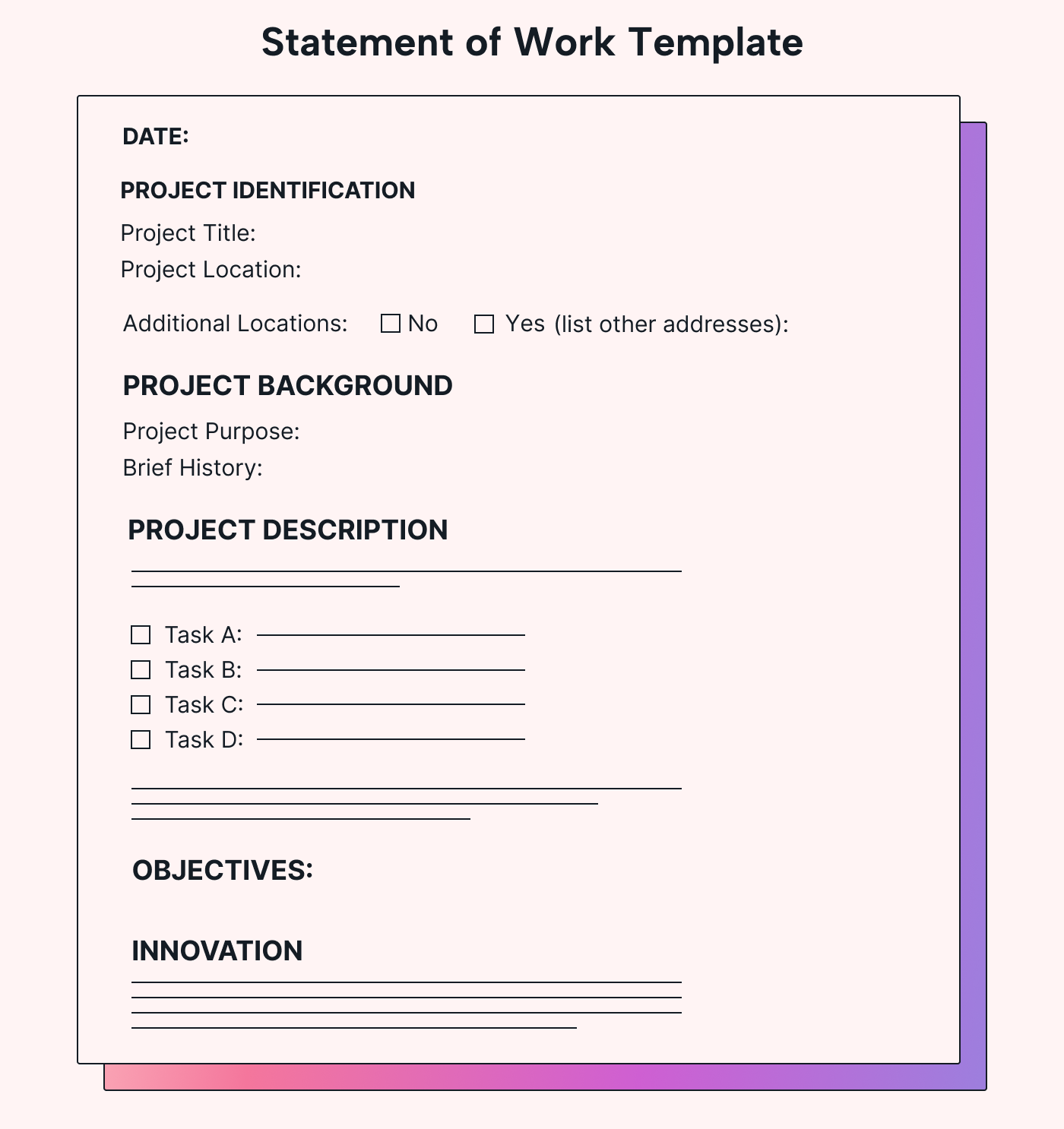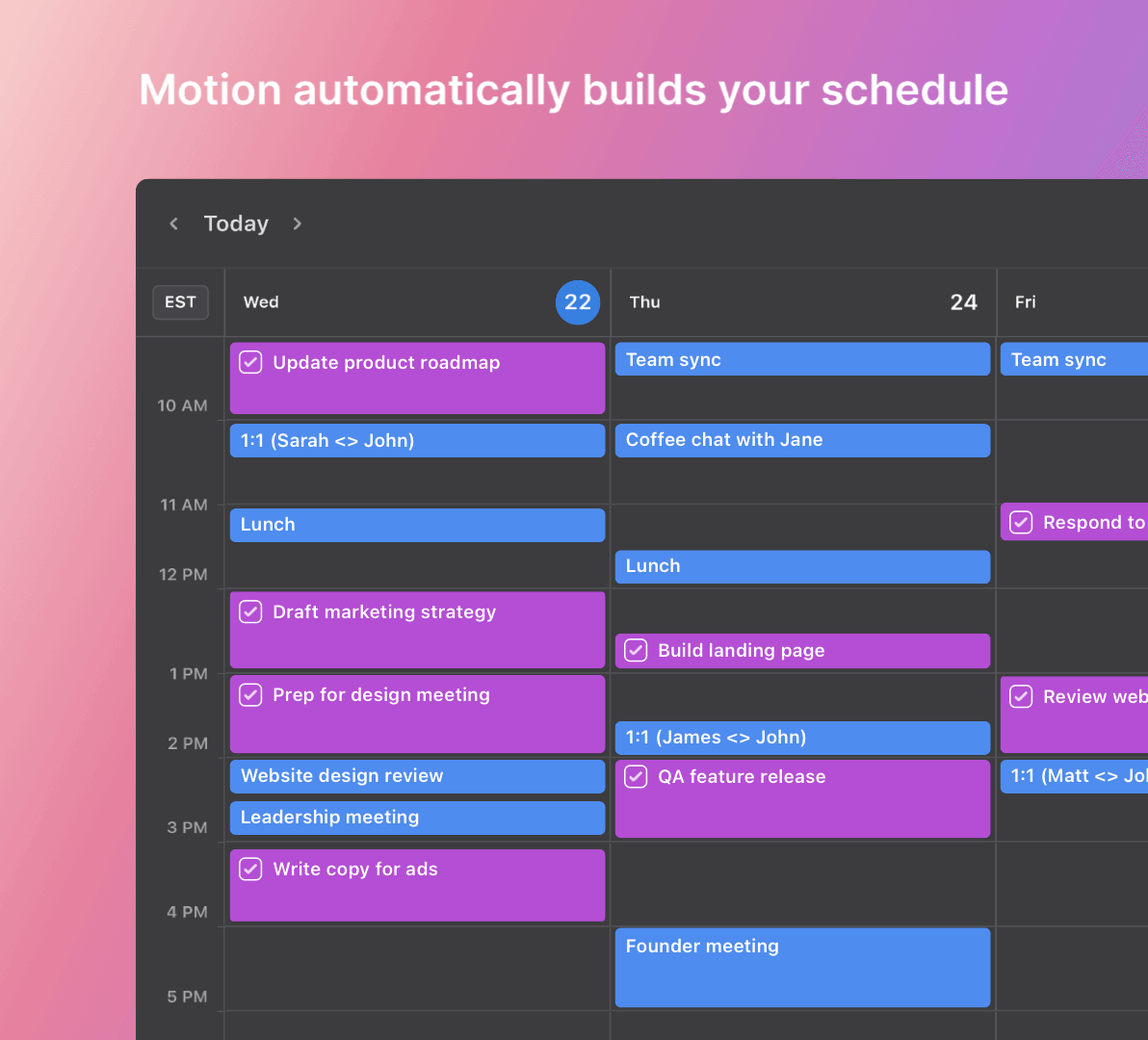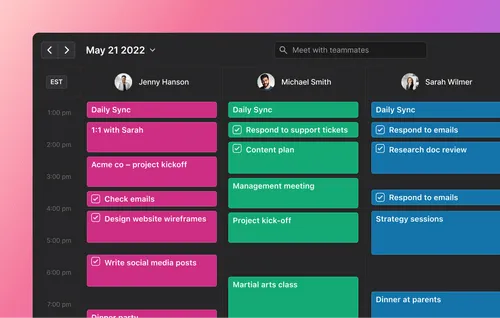Are you struggling to create a comprehensive and effective statement of work (SoW) for your work?
Do you find it challenging to set clear expectations, define project scope, and minimize misunderstandings?
You are not alone. Many face the same struggle (across industries).
That's why we’ll take you through the step-by-step process of writing a powerful SoW for any industry.
Not just that, you’ll also:
- Gain valuable insights
- Learn best practices
- See real-life examples
And discover a secret weapon that can help make the whole process (and work) easier.
Let's get started.
What is a statement of work?
A statement of work (SoW) is a formal document that plays a vital role in outlining work to be done. It serves as a comprehensive guide as well as a legally binding document.
 |
The statement of work is also a vital document in client-vendor relationships, partnerships, and outsourcing engagements. The legal implications of an SoW protect all parties, helps to establish trust and builds accountability.
Where a project charter is a high-level overview of a project's purpose and objectives, the SoW dives deeper into the specifics of the work to be done (which are also called deliverables). Because of this deeper, more detailed nature, it sets clear expectations around a project. This clarity can help cut down on ambiguity and help project teams stay focused on their project goals.
Projects with well-defined SoWs are more likely to succeed, meet their objectives, and experience increased client satisfaction.
Why and when to write a statement of work
A well-defined SoW is invaluable in establishing and maintaining strong client-vendor relationships by setting clear expectations for everyone involved. This, in turn, can lead to long-term partnerships and repeat business.
Partnerships and collaborations also benefit from a comprehensive SoW. It clarifies roles, responsibilities, and shared objectives, helping everyone understand each other's roles.
Outsourcing engagements rely heavily on a detailed SoW. It acts as a safeguard, guaranteeing that work is performed as desired and within agreed-upon parameters.
The power of an SoW lies in its ability to help establish transparency, and accountability. It's a great tool for any industry to ensure desired outcomes.
What is included in a statement of work?
A statement of work (SoW) can vary alot depending on the specific project or engagement. It can be as simple as a detailed list of tasks, and the level of effort required of each. Or it can include more details, like special requirements, time frames and testing processes.
However, there are a few necessary elements to consider for better clarity and alignment.
 |
Let's explore the key components typically found in a well-written SoW:
- Introduction: Provide a brief overview of the project and its purpose.
- Purpose & objective: Clearly state the project's goals, objectives, and intended outcomes.
- Scope: Define the boundaries of the project by outlining the deliverables, tasks, and activities.
- Location: If applicable, specify the physical or geographical location of the project.
- Project deliverables: List the tangible or intangible results that the project will produce. These can include documents, reports, software, prototypes, or completed services.
- Milestones: Identify and list key milestones or checkpoints throughout the project timeline.
- Tasks: Break down the project into specific tasks or activities and list them. Each task should be concise, outlining the necessary resources and dependencies.
- Schedule (timeline): Present a timeline or schedule that outlines the start and end dates for the project.
- Standards, testing, and compliance: Specify any quality standards, testing procedures, or compliance requirements.
- Requirements: Detail any specific functional, technical, or performance requirements.
- Success criteria (expected outcomes): Clearly define the criteria for success.
- Pricing and terms of payment: Outline the financial aspects of the project. Include the agreed-upon pricing structure, payment terms, and any relevant terms and conditions.
- Sign-off: Specify the process for obtaining formal sign-off from all parties involved.
Note: the specific content and order may vary.
Statement of work example
To illustrate the practical application of a SoW, let's dive into a scenario. In this example, XYZ Marketing Solutions have contracted ABC Design Agency to develop a new website for their business.
Here's a well-structured SoW for this project:
Project scope:
The scope of this project is to design and develop a responsive website for XYZ. The website will be easy to use and seamlessly integrate with the existing CRM system.
Project objectives:
- Create an appealing and user-friendly website design.
- Develop a responsive website.
- Integration of the website with the CRM system.
Location:
This project will be carried out remotely.
Project deliverables:
- Wireframe and design mockups for client approval.
- Fully functional website.
- User-friendly content management system (CMS) for easy website management.
Schedules:
- Discovery phase: 2 weeks
- Design and wireframing: 1 week
- Website development: 4 weeks
- Content creation and integration: 2 weeks
- Testing and quality assurance: 1 week
- Training and handover: 1 week
Standards:
- The website will follow industry best practices and standards.
- It'll be compatible with major browsers and mobile devices.
Requirements:
- The website should have a clean and modern design.
- The website must be fully responsive.
- Integration with the CRM system is required for seamless lead management.
Acceptance criteria:
XYZ will provide feedback and approve each stage of the project.
Payments:
A payment of $5,000.00 USD, which will be made as follows:
- 33% upon signing the contract
- 30% upon completion of the design and wireframing phase
- 40% upon successful launch of the website
Write a statement of work for any industry
It's not necessary to go overboard with a SoW. Quality is more important than quantity. The key is to have the most essential information, defined as best as possible.
The steps below are a generic guide to how to write a SoW and can be applied (expanded on) in any industry.
Identify important information and data
To start, you should identify and gather all the important information and data relevant to your project, including:
- The scope of work
- Project objectives
- Key milestones
- Tasks
- Schedules
- Desired deliverables
 |
Make sure to go into details here so that you won’t have to waste time looking for this information (again) when writing the SoW.
Add these to a document in a logical order
Once you have gathered the necessary information, it's important to organize and present it in a logical order within your SoW. Follow the example from earlier, and arrange the sections coherently.
Add the variables
In addition to the core components of a SoW, it's important to consider and include variables that are specific to your project or industry. These variables add depth and specificity to the SoW. They also help to make sure that tasks and deliverables specific to your project are addressed.
Finally, get it signed!
Now you need to obtain the necessary signatures from all relevant stakeholders. Getting the SoW signed signifies formal acceptance and commitment.
Start your SoW journey with confidence
Creating a solid SoW is crucial for security and as a tool for success. While it may seem intimidating, following the steps in this guide will help you create a comprehensive and effective SoW for any industry.
But why stop there?
Why not make it easier on yourself (and everyone involved), and use digital tools to help you implement (and control) the work which you have just laid out so carefully in your SoW?
How Motion can help you create a powerful SoW
Motion offers a range of features that can help you document, implement and track the work specified in the SoW.
Its automated scheduling abilities consider vital things such as deadlines, hours, and dependencies.
With Motion's intuitive interface, you can easily visualize project timelines. This helps you track all aspects of the SoW with clarity and precision.
Also, Motion's integrated booking system streamlines the management of meetings and client appointments.
Motion is more than just a task management system. Motion equips you and your team with the tools to effectively manage projects from start to finish, with features such as team collaboration, progress tracking, and performance analytics.
With Motion, you can optimize your productivity, communication, and outcomes.
Say goodbye to the hassles of manual planning and coordination, and embrace the power of Motion.
Sign up for your 7-day free trial of Motion.







